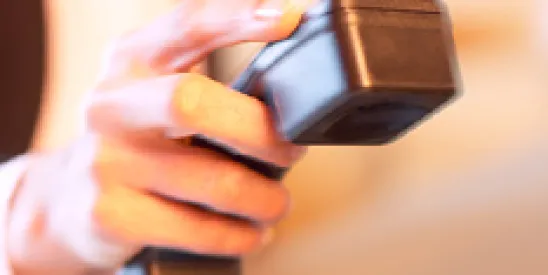The Eleventh Circuit Court of Appeals recently considered two class action lawsuits under the Telephone Consumer Protection Act (TCPA), which involved the same class and allegations and the question of whether additional parties could intervene in a pending case. In Technology Training Associates, Inc., et al. v. Buccaneers Limited Partnership, Cin-Q Automobiles, Inc. filed a complaint on behalf of a putative class, alleging that Buccaneers Limited Partnership was responsible for unsolicited faxes that violated the TCPA. The case was litigated for approximately three years, with Medical & Chiropractic Clinic, Inc. joining in as a second named plaintiff. In 2016, Technology Training Associates, Inc. et al. filed a complaint on behalf of the same putative class based on the same allegedly unlawful acts by Buccaneers, which subsequently settled. After the settlement was announced, Cin-Q and Medical & Chiropractic Clinic (the “movants”) moved to intervene in the case. The district court denied the movants (named plaintiffs in the first class action case) the opportunity to intervene in the second class action, but on October 26, 2017, a three judge panel of the Eleventh Circuit remanded the case to the district court with instructions to grant the movants’ motion to intervene, holding that the movants had satisfied Federal Rule of Civil Procedure 24(a)(2)’s requirements for intervention.
The movants originally filed a lawsuit in 2013 on behalf of a putative class against the defendant alleging violations of the TCPA. In 2016, the named plaintiffs in the second case filed a second complaint on behalf of the same putative class based on the same allegations against the same defendant. One of the attorneys from the firm representing the plaintiffs in the first action changed firms, and his new firm represented the plaintiffs in the second action. Soon after the second lawsuit was filed in 2016, the parties in the second lawsuit announced that they had reached a settlement, part of which involved the defendant agreeing to waive its statute of limitations defense against the plaintiffs in the second lawsuit.
After the settlement was announced in the second lawsuit, the movants moved to intervene in the second lawsuit, and the district court denied that motion and preliminarily approved the settlement agreement. The movants appealed the denial of their motion to intervene.
The Eleventh Circuit ultimately held that the movants satisfied Rule 24(a)(2)’s requirements for intervention, and in doing so found significance in a series of emails exchanged within the law firm representing the plaintiffs in the second case. The emails appeared to show that the law firm in the second case not only knew how much the law firm from the first case wanted to settle their class action for, but also that the second law firm filed the second action with the intent to underbid the law firm in the first action. In addition, the Court of Appeals found the fact that the plaintiffs’ claims in the second lawsuit might be time barred allowed the movants to meet the “minimal” burden of showing the plaintiffs’ representation in the second action might be inadequate, because the plaintiffs in the second action had a greater incentive to settle as their claims may have been time barred.
The Eleventh Circuit concluded its opinion by observing that the record suggested that plaintiffs’ counsel in the second action deliberately underbid the movants in an effort to collect fees, while at the same time doing a fraction of the work that movant’s counsel had done in the first lawsuit, together with a brief discussion of the American Bar Association’s Ethical Guidelines for Settlement Negotiations.




 />i
/>i

